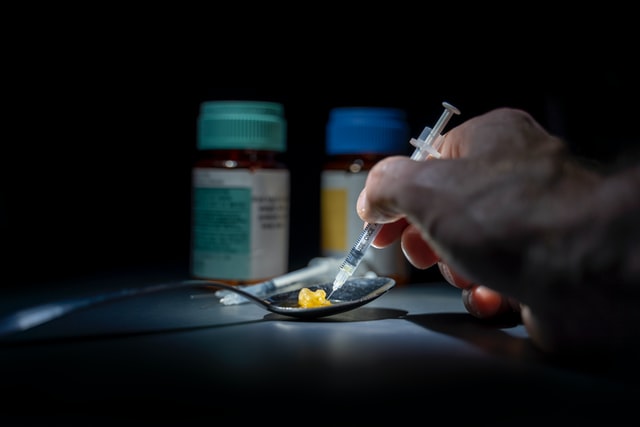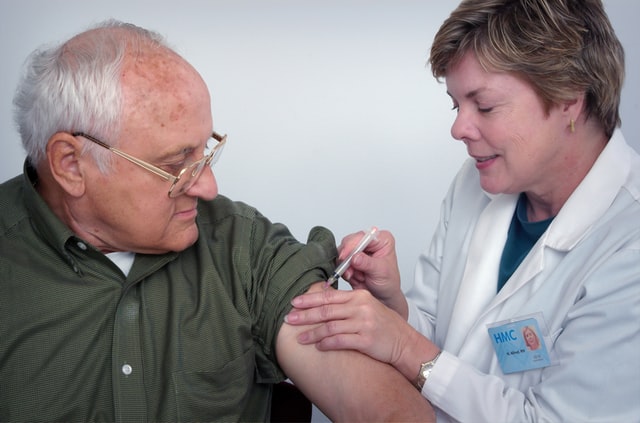
While it might not be capturing as many headlines lately, the opioid epidemic is alive, kicking, and getting worse. According to the US Department of Health and Human services, in 2018, roughly 10.3 million people misused opioids. More specifically, 9.9 million misused prescription pain relievers, while 808,000 people used heroin.
Making the opioid epidemic noticeably worse is coronavirus. When the world shut down and went into quarantine in early 2020, all of the support, therapy, and medication for people struggling with addiction went with it. Many of us have experienced financial stress, anxiety, isolation, and sudden and extreme changes to our day-to-day routines. This is rough for any individual and especially for people struggling with opioid addiction.
Overall, experts have noted an increase in opioid fatalities across the United States, and yet it’s still had to take a backseat to the coronavirus pandemic. Meanwhile, addiction rages on.
How can we stop the opioid epidemic? What’s it going to take to get this drug abuse under control?
Prevention is of Utmost Importance

We have to remember how many opioid misuse problems start: in a doctor’s office. Patients visit their provider to get help with their pain. The provider writes them a prescription for opioids. And then things get out of control.
Are all of these prescriptions necessary? Surely not. We know, for example, that surgeons have overprescribed their patients opioids post-surgery, often exceeding the guidelines from academic medical centers.
The results aren’t just concerning. They can be deadly.
Even once patients finish their prescription, if they can’t get more, some will turn to heroin, which can be cheap and accessible. In fact, the National Institute on Drug Abuse says that approximately 80% of people misusing heroin first misused prescription opioids.
And things just keep on spiraling.
It’s not just doctors, either. In late 2020, pharmaceutical company Purdue Pharma pled guilty to conspiracy charges for aggressively marketing opioids, admitting that they contributed to the country’s epidemic.
A Wilmington, North Carolina pharmacy was fined more than $1.05 million and ordered to stop dispensing opioids after being accused of irresponsibly filling controlled substances.
This is just the tip of the iceberg. And what does it all boil down to? Money.
One of our primary concerns, then, needs to be prevention. To stop the opioid epidemic dead in its tracks, we need to stop addiction from ever happening, period.
We should be closely examining the rates at which opioids are prescribed and encouraging doctors to provide safer, less addictive options. We need tighter restrictions not just for pharmacies but for how pharmaceutical companies are allowed to market and advertise their products.
Instead of being an easy answer to lean on, opioids should be closer to a last resort — a more extreme alternative that physicians turn to when less risky options aren’t pulling their weight.
Importantly, we should be more diligent about monitoring and following up with individuals who we prescribe opioids to. Are they using their drugs as prescribed? Are they requesting more after finishing their prescriptions? Why?
We need to be asking more questions, putting the health and safety of these individuals before the almighty dollar. We created the opioid epidemic, which means that we have the power to end it.
Prevention is the very necessary start; but what else can we do?
Treatment and Rehabilitation: Making it Affordable and Accessible

In this country, getting treatment for drug addiction is almost a luxury. Both inpatient and outpatient programs can be costly. While the Affordable Care Act requires private insurance companies to provide some support in the form of substance abuse treatment, exactly how much you receive will depend on your individual plan. Oftentimes, it leaves these individuals and their families to foot the bill. And if that isn’t a feasible option, they’re left to figure things out on their own.
Very often, they can’t. Beating addiction isn’t like flipping a switch. It’s a disease.
Overall, several millions of people seek out addiction treatment every year, but only a small percentage receive the help that they need.
If pharmaceutical and insurance companies will help patients obtain opioids, then they should be prepared to help them obtain treatment if abuse and addiction strike. This includes therapy, in-patient and out-patient treatment, and any necessary medications for battling addiction.
Affordable therapy and treatment centers need to be more available on a local, community level. If an individual is already having a hard time covering the cost of treatment, they’re certainly not going to be able to afford to travel and receive it.
Importantly, we need to answer opioid addiction with treatment and rehabilitation and not jail sentences. This merely perpetuates the idea that opioid addiction is a “bad person’s” disease when really, it can happen to anyone, from any walk of life, education background, career path, etc. Demolishing this stigma will help to change the way our nation looks at addiction, recognizing it as an illness as opposed to a personal weakness or merely chalking it up to poor decision-making.
In general, policymakers need to make more proactive and aggressive efforts to get opioid availability and use under control. Serious change often starts from the top.
We also need to be better about educating the general public on the signs and symptoms of opioid abuse. If more people are equipped to recognize the warning signs, it can mean the difference between life and death.
Lastly, we need to understand and accept that opioid addiction isn’t just an addict’s problem. It’s our country’s problem. We need to attack this epidemic from all angles if we want to turn it around.
There is at least a little good news here: We have more control over the opioid epidemic than we think. While this will demand big changes from policymakers, pharmaceutical companies, and the medical industry as a whole, change is possible.













